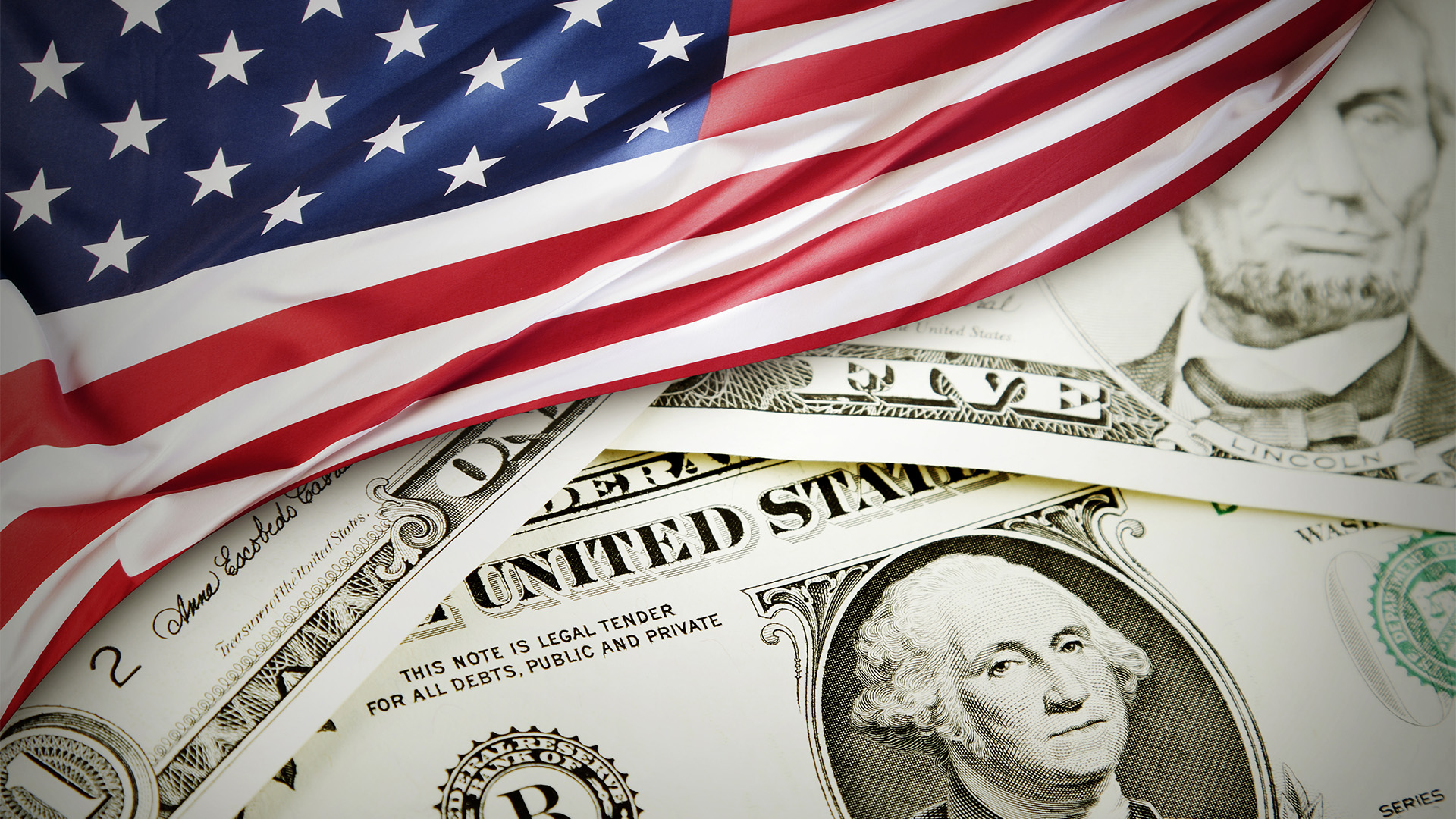Why do American economists, analysts and everyone else seem to think interest rates need to fall when it's clear that inflation – while a little resistant at the moment – is slowly cooling, the economy remains solid and growing, retailing sales and household spending are ticking over nicely, business investment is more than OK and the jobs market is likewise?
In fact the outlook for the US economy is probably the best it has been for a couple of years.
That outlook will get its usual start of month test this Friday with release of the March jobs data with – around 200,000 to 215,000 new jobs is the estimate, down from 275,000 in February (which could be revised as were January and February figures).
The jobless rate is forecast to remain steady at 3.9% and wage growth slow to around 4.1% from 4.3% previously.
Data last week confirmed that US inflation is slowly easing, even if the improvements are hesitant at the moment.
Good Friday saw the release of February’s Personal Consumption Expenditure data – which is favoured by the Fed for its accuracy – which saw core US inflation rise to an annual rate of 2.5% in February, from 2.4% in the year to January, which was in line with market expectations.
The surprise was the sharp rise in consumer spending which jumped 0.8% from January – much faster than expectations for a 0.5% rise and the 0.2% rise in January.
It came despite a modest 0.3% rise in personal income (0.4% forecast). The rise in spending saw some analysts still working over the break start to boost their first quarter GDP estimates.
Economists said that while the PCE inflation data was not a shock, the fact that it confirmed January and February inflation was a little stronger than expected continues to raise some doubt about a Fed rate cut by the end of June.
The PCE data came a day after another small fall in initial jobless claims and a surprise rise in the third and final estimate of US 4th quarter GDP growth which rose to an annual 3.4% rate in what was a surprise.
The second estimate of 3.2% was down from the first estimate of 3.3% and the boost in the final estimate (not usual) confirmed (after the event) the rightness of the Fed’s move to lift its estimates for 2024 economic growth to 2.1% from 1.4% at the end of 2023. Inflation and jobless estimates were also changed – inflation a toucher higher, the jobless rate a touch lower.
Through the year US GDP grew 2.5% over 2023, much higher than the 1.9% growth reported for 2022.
The final estimate of 2023 4th quarter GDP showed consumer spending was the largest contributor as large third-quarter support from inventories became a drag. Trade grew, government spending continued to contribute, and fixed investment continued to grow at a healthy clip.
The saving rate dropped to 4% from 4.3% in the third quarter but remained above it 2022 lows. Profits increased 4.1% (not annualized) after increasing 3.4% in the third quarter. Gross domestic income rose 4.8% after rising 1.9% previously.
Economists said that based on this final report and the figures for the first two months of the March quarter show that the US economy remains on track for modest activity this year – not a soft landing, more a soft bounce.
Still-substantial excess savings built up during the pandemic by middle- and especially high-income households also continue to support spending. Near-record stock prices and housing values and still-low and stable debt service burdens are also helping.
Thursday also saw initial filings for unemployment insurance for the week ended March 16 reported at 210,000, slightly lower than the 211,000 that economists surveyed by Dow Jones had predicted.
“As we head into next week, the data gets a lot heavier, so we’ll have more catalysts to drive things around, but I would say on balance, this has been the end to a really good month and a really good quarter and it’s nice to finish up and head into the weekend on a super upbeat tone,” said Art Hogan, chief market strategist at B. Riley Wealth.
And as if to underline the continuing uncertainty about the need for a rate cut, Federal Reserve governor Chris Waller said last week that he is in no hurry to cut interest rates after hotter inflation data in the first two months of the year.
"There is no rush to cut the policy rate,” Waller said in a speech in New York.
The recent data "tells me that it is prudent to hold this rate at its current restrictive stance perhaps for longer than previously thought to help keep inflation on a sustainable trajectory toward 2%.”
Fed chair, Jay Powell was a little more relaxed, though he was speaking on Friday after the release of the PCE data.
He welcomed the lower February core private final consumption inflation as “definitely more along the lines of what we want to see”.
Powell indicated that the strong economy and labour market “give us the chance to be a little more confident about inflation coming down” before cutting rates.
Basically, Powell stuck to the base case of three Fed rate cuts this year but made it clear the Fed’s stance remains data dependent and still waiting for more confidence from the data to start rate cutting.














